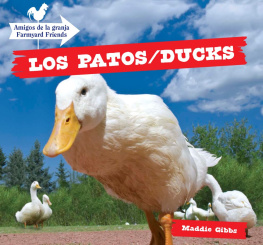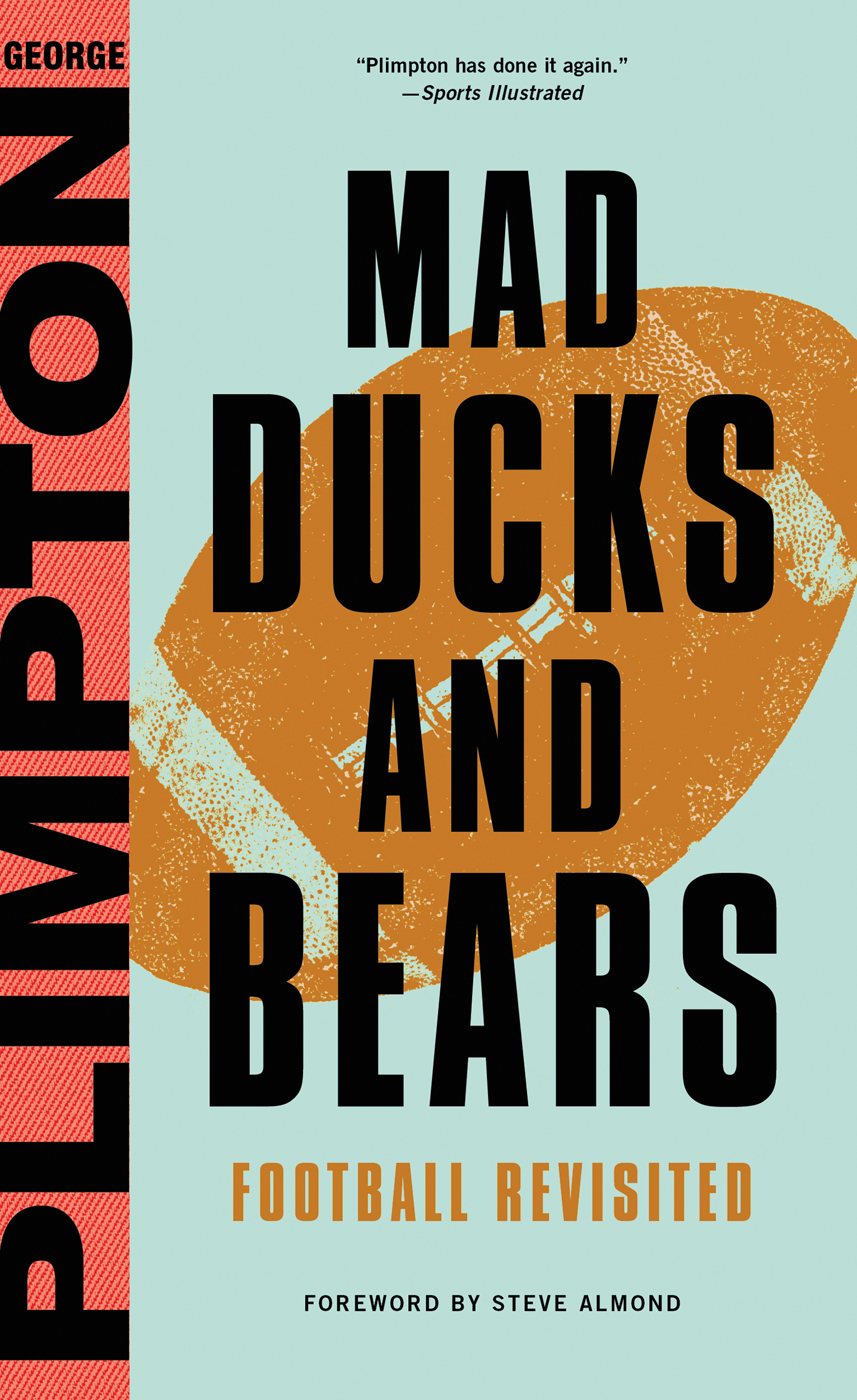Cover design by Allison J. Warner
Cover 2016 Hachette Book Group, Inc.
All rights reserved. In accordance with the U.S. Copyright Act of 1976, the scanning, uploading, and electronic sharing of any part of this book without the permission of the publisher constitute unlawful piracy and theft of the authors intellectual property. If you would like to use material from the book (other than for review purposes), prior written permission must be obtained by contacting the publisher at permissions@hbgusa.com. Thank you for your support of the authors rights.
Little, Brown and Company is a division of Hachette Book Group, Inc.
The Little, Brown name and logo are trademarks of Hachette Book Group, Inc.
The Hachette Speakers Bureau provides a wide range of authors for speaking events. To find out more, go to hachettespeakersbureau.com or call (866) 376-6591.
The publisher is not responsible for websites (or their content) that are not owned by the publisher.
The Rabbits Umbrella
Out of My League
Paper Lion
The Bogey Man
Mad Ducks and Bears
American Journey: The Times of Robert Kennedy (with Jean Stein)
One for the Record
One More July
Shadow Box
Pierres Book (with Pierre Etchebaster)
A Sports Bestiary (with Arnold Roth)
Edie: An American Biography (with Jean Stein)
Sports! (with Neil Leifer)
Fireworks: A History and Celebration
Open Net
D.V. (with Diana Vreeland and Christopher Hemphill)
The Curious Case of Sidd Finch
The X Factor
The Best of Plimpton
Truman Capote
Ernest Shackleton
Chronicles of Courage (with Jean Kennedy Smith)
The Man in the Flying Lawn Chair
EDITED BY GEORGE PLIMPTON
Writers at Work: The Paris Review Interviews, volumes 19
The American Literary Anthology, volumes 13
Poets at Work: The Paris Review Interviews
Beat Writers at Work: The Paris Review Interviews
Women Writers at Work: The Paris Review Interviews
Playwrights at Work: The Paris Review Interviews
Latin American Writers at Work: The Paris Review Interviews
The Writers Chapbook
The Paris Review Anthology
The Paris Review Book of Heartbreak, Madness, etc.
The Norton Book of Sports
As Told at the Explorers Club: More Than Fifty Gripping Tales of Adventure
Home Run
rage, rage against the dying of the light
Dylan Thomas
T here is a fine late-night row to be had over which of George Plimptons sports books ranks as his most daring. Plenty would nominate Shadow Box, in which our slender hero gets his nose flattened by light heavyweight champion Archie Moore. Others would agitate for Open Neta perilous venture into the world of pro hockeyand still more, Paper Lion, which culminates with Plimpton nearly becoming the first quarterback ever decapitated during a scrimmage.
Fine and rousing as these accounts may be, I am here to tell you that the distinction belongs to the volume you hold in your hands. I assert this knowing full well that Mad Ducks and Bears is the authors most obscure athletic odyssey, little known even to devout Plimptonians.
In fact, what makes the book so courageous is that fact that it does not hang neatly on what we should probably dub the Plimpton Hook: that of the plucky amateur ethnographer sent hurtling into the hazards of professional athletic combat.
Mad Ducks and Bears is a much stranger and more improvisational composition, an extended suite of riffs that bop wildly in tone from madcap to mournful. The essential subject here is football, specifically the rigors of serving as a lineman. Plimptons guides through this inferno are a pair of world-class bullshitters: Alex Karras, a motormouthed defensive tackle (dubbed the Mad Duck for his deranged pursuit of quarterbacks) and the infamously hirsute offensive tackle John Gordy (the Bear). The initial aim of the project, as outlined by Gordy, is to provide a remedial guide for manhandling opponents.
Im happy to report that the finished book contains precisely zero percent of such instruction. Instead, Plimpton allows these two to mouth off. There are long sections devoted to Karras and Gordys disastrous business endeavors, including their devout and doomed efforts to peddle a high-end vibrator known as the Picomaster. (Karras winds up with a basement full of them.)
Many pages are spent at the annual Karras golf tournament, an endeavor of such startling and persistent odditymidgets play a prominent role, as do llamasthat Fellini would have classified the event as implausible. We also get surreal excursions into the alcoholic adventures of the famously Texan quarterback Bobby Layne, and a portrait of his brutal hazing rites.
First published in 1973, seven years after the blazing success of Paper Lion, Mad Ducks offers us football not as a ritual of discipline and valor, but as a pretext for anarchy.
The book is also astonishingly forthright about the darker motives that roil beneath the pageantry of the gridiron. Heres Gordy explaining why he returned to football after being driven from the game by nervous anxiety:
Oh Christ! he said. The best thing in football was to really pop someone. One of the great joys of my life was to get a bead on a guy and really put him out. Absolutely! To lift him up right under his chin, or under his throat with the top of your helmet and put him on his back on the grass. Youve done your job, youve gotten your good grade. The movies going to show it. Thats it. Yes, thats why I came back to the Lions the next year.
Do players speak like this anymore? Not often. The essential business of the league (marketing violent spectacle to the masses) has led us to an historic moment in which such candor is virtually verboten. And yet we now knowthanks to actuarial experts hired by the NFL itselfthat up to 30 percent of all retired players will suffer long-term cognitive ailments, which is lawyerese for brain damage. To read



